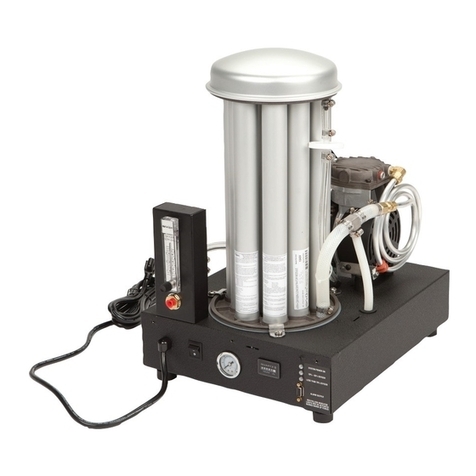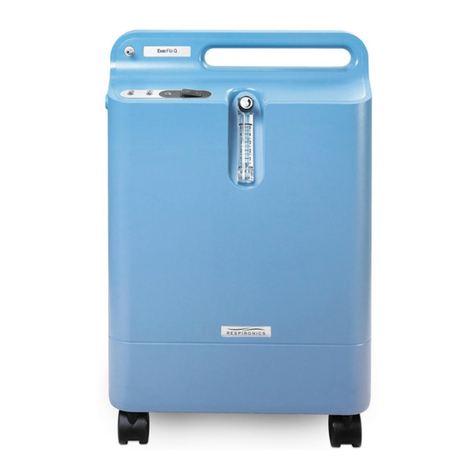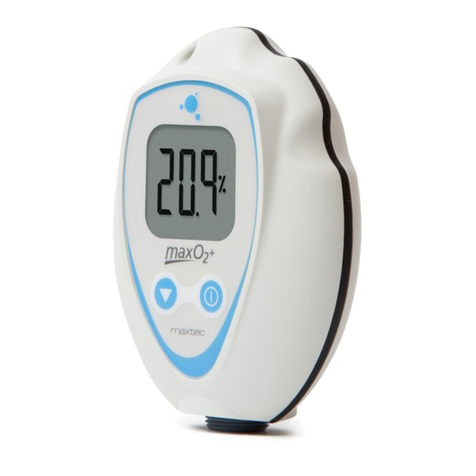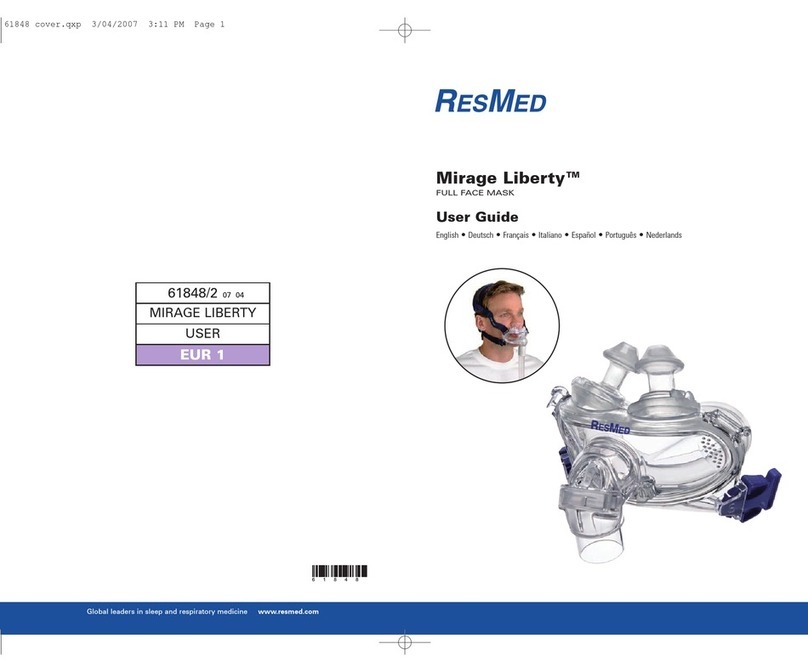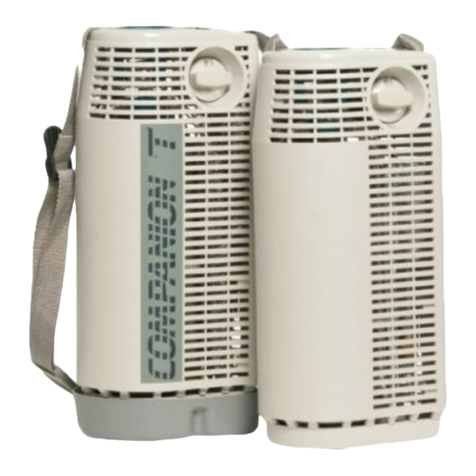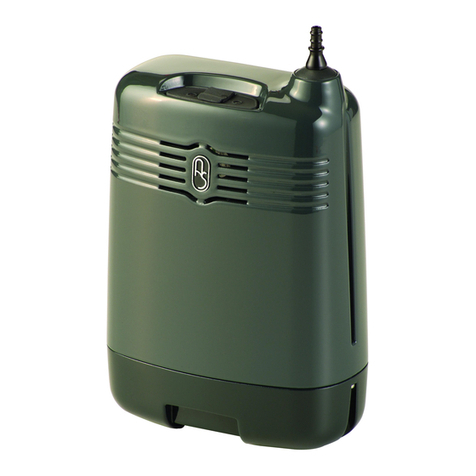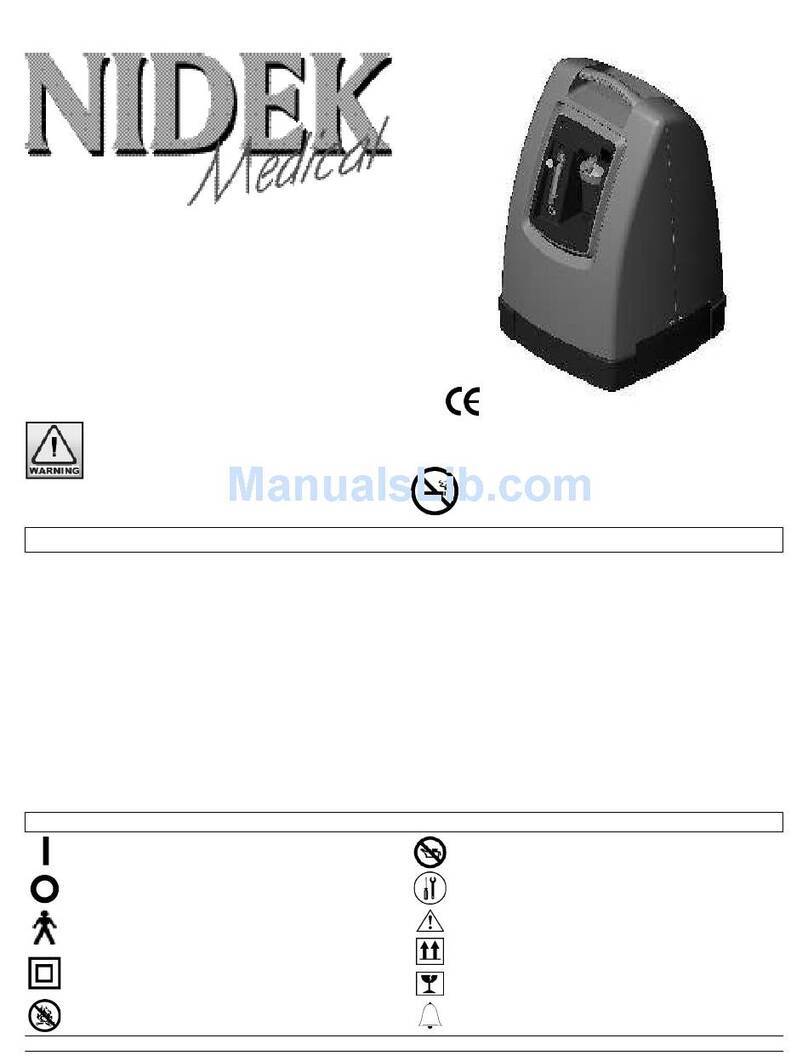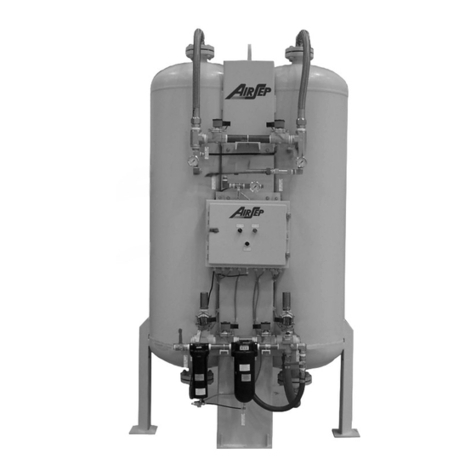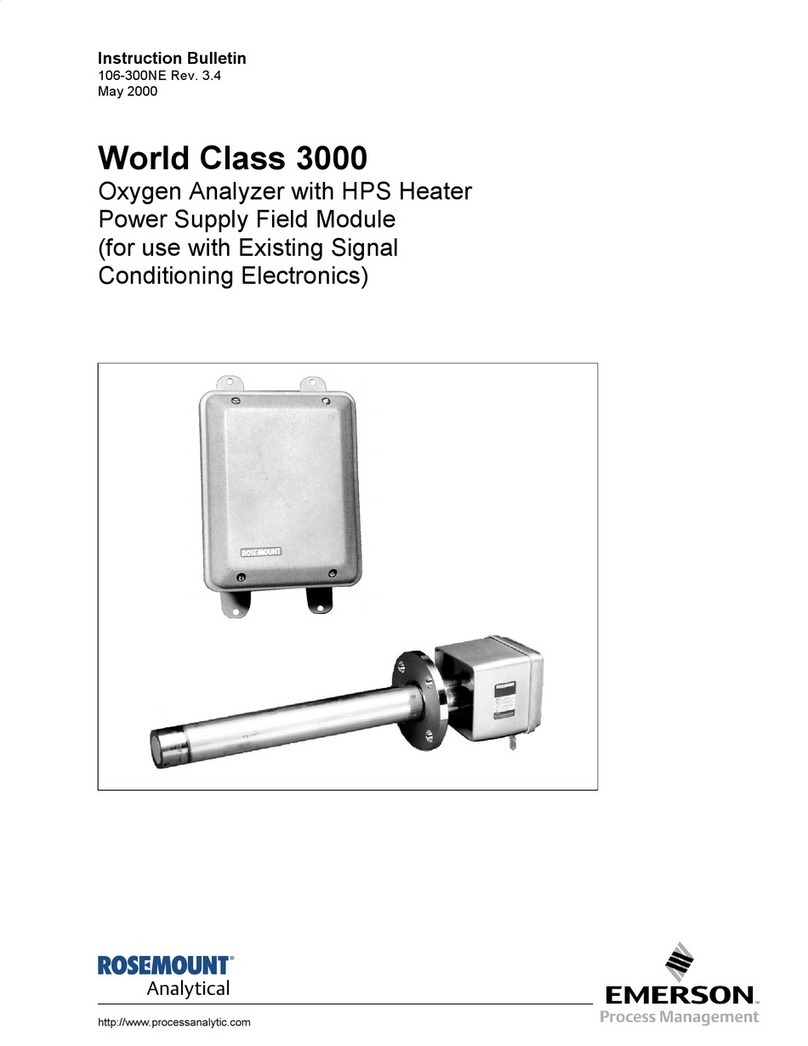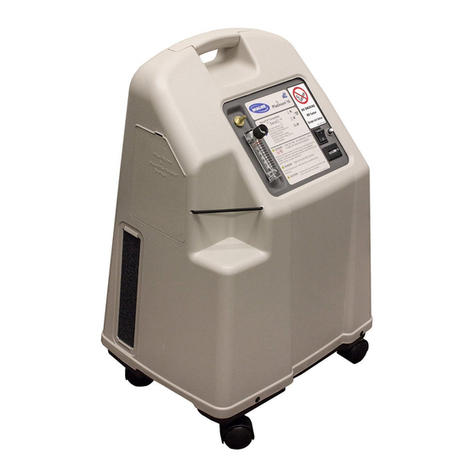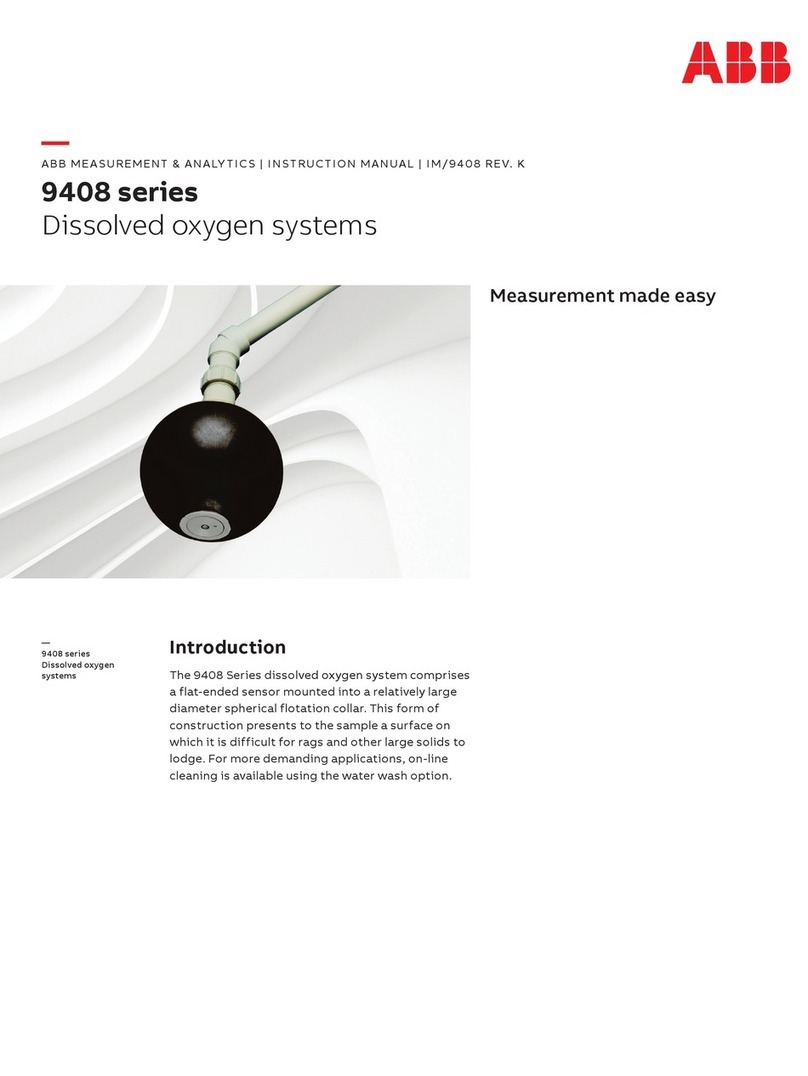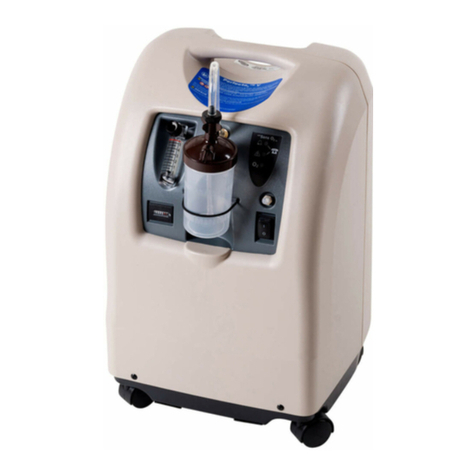
3. SAFETY NOTICE
In order to ensure safety, please read the following precautions before use
WARNING
PROHIBIT THE USE UNDER THE FOLLOWING CONDITIONS
• Abnormal smell during use - Please turn off the power and pull out the plug.
• Please make sure the socket plug is fully inserted.
• Please do not disassemble the machine without permission from the supplier.
• This product needs to stay away from water and re and sharp objects.
• Children should only use under adult supervision with consent of a physician.
• Please do not touch any valves on the chamber while using.
• Please do not place heavy objects on the machine.
• Do not use if the wire is loose.
• Do not pull or twist the power cord.
• Hand wet do not touch the power plug and switch.
• Do not use it in a bathroom or other damp environment.
• 1. Pregnant women and people with severe infectious diseases and patients
• 2. Bad colds, Pneumothorax patients
• 3. Patients with severe emphysema
• 4. Hypertension exceeds 160 / 100ml
• 5. Severe heart problems
• 6. Severe COPD ( Mild COPD is OK)
Notice
1. In the chamber, when the pressure is rising, the patients ears need to release pressure or they may experience
pain, just like the feeling of taking a plane up and down. This is normal. The following methods can be used to
alleviate pain and help balance pressure: A. Yawn; B. Chewing gum, C. Pinch nose and blow, D. Open the Air deate
valve to slow down ination if required. Once the pressure is stable at 30 KPa, This discomfort will gradually disappear.
2. Zippers can be opened only when the chamber has depressurized to 0 KPa.
Open the Valve Make sure that Pressure
Gauge Appears 0 KPa
After get out of the chamber, please turn off the power immediately after use, cleaning work in a timely manner.
P
l
e
a
s
e
r
e
l
e
a
s
e
p
r
e
s
s
u
r
e
b
e
f
o
r
e
p
u
l
l
i
n
g
t
h
e
z
i
p
p
e
r
s
Pull the Zippers
5
